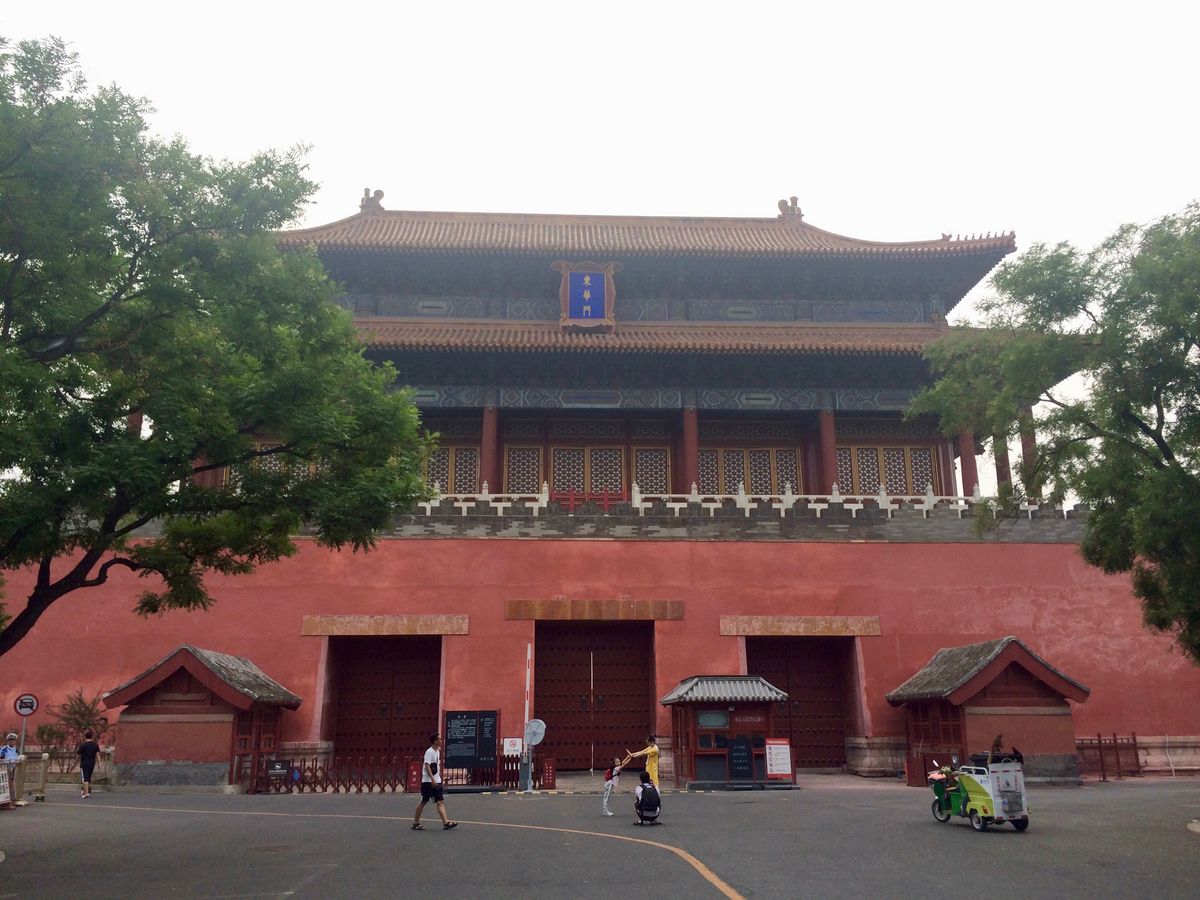At our institute, doctoral research is pursued on a wide variety of topics. An overview shows you the range of research topics with their respective disciplinary approaches in fields such as religious studies, history, and anthropology.
Current Dissertation Research
Urban Religion and Civil Society in the People's Republic of China
Can urban Chinese folk religious organizations be considered examples of civil society? And if so how do they differ from classic examples of civil society suggested by scholars?
This thesis posits that a study of sixty pilgrimage associations in the greater Beijing region centered on Miaofengshan will show that some of these groups are fragile examples of civil society, even as the government tries to coopt them as part of a national campaign to bolster legitimacy by embracing traditional faiths. And while these groups do not have direct political goals, they are part of a broader effort by religious communities to expand freedom of belief and individual agency over key moral questions that the state seeks to shape.
In addition, this work explores the role of invented traditions in today’s China. After more than a century of cultural destruction, state and society are racing to rebuild traditional teachings and faiths–Buddhism, Daoism, and folk religions. These players have differing interests: the state sees faith as a form of legitimacy, while the religious associations see it as a form of link that gives their members a sense of security and continuity with the past. But both are recreating an imagined or idealized past, one that can be useful in filling a widely perceived spiritual vacuum in 21st century China.
E-Mail
History of Daoism and Local Practices in Central Hunan, from mid-18th to the mid-20th century
The Daoism in central Hunan, which is significantly featured with the popular ritual practices in Mt. Mei 梅山, has been vivant since the Qing era. The abundant wooden statuettes originally from that region do not only illustrate the diversity of the deities worshipped in the field, but also prove continous lineages of local ritual expert who, in some cases, synthesise the ritual tradition of Daoism, Buddhism, and popular religion. Focusing the case of Ningxiang prefecture 寧鄉, my PhD project is scrutinising historically and anthropologically the role of Daoism and folk ritual practices in the local society from the mid-18th century to the mid-20th century. Given the fact that Ningxiang prefecture is geographically bridging the provincial capital Changsha 長沙 in the east and region of Mt. Mei in the west, Ningxing functions as a transitional area in terms of culture and religion. Therefore, the religious characters of Ningxiang are remarkably differentiated according to the influences from the two sides, while the presence of local rituals are relatively noticeable in the west than the east. These facts demand the academic concerns on both chronical development of the local society and also the spatial distribution of the ritual lineages. The research involves the collection and close analysis of local monography (e.g. gazetteers, annals of temple), anthology and personal writing of local elites, ritual texts (e.g. the consecration records stored in the domestic statuettes, and manuscripts used in the ritual), and family genealogy. It is expected that the project will contribute to understand the religious dynamic in the local society of central Hunan.
Attracting Believers: the divided religious groups in the urban communities of Taipei City and Taichung City
The research investigates two cases of divided religious groups in contemporary Taiwan. By applying Philology and Ethnology, this project aims to gain insight into the religious practice of text/ritual-based sects within urban communities in Taiwan. The first case focuses on the lay Buddhist group of Pure Land淨土宗, which originated from China and was introduced to Taichung City in the 1950s. However, in the 1990s, following the passing of the founder, the original group experienced multiple schisms, eventually reorganizing into two major factions. The second case focuses on the NRM group of Nichiren Shōshū日蓮正宗, originating from Japan and being introduced to Taipei City in the 1960s. In the 1990s, a dispute between lay believers and monks led to a division of the original group into two separate entities. By examining the different interpretations of texts and the presentation of activities within the same system of religious framework, this study aims to explore how these divided groups compete with each other in their local communities and how the believers make choices following the separation of the original group. This study employs both philological texts and ethnological contexts to address these research questions.
The Knowledge Flow Of Explosion Mechanics In China: With Qian Xuesen As Tthe Center
After 1949, a new branch of mechanics emerged in China, explosion mechanics, which arose in the Institute of Mechanics of the Chinese Academy of Sciences under the leadership of Qian Xuesen. This study intends to examine the scientific work of Chinese mechanics scientists centered on Qian Xuesen to explore the reasons for this phenomenon from the perspective of academic genealogy. In addition to the study of the historical background of the scientists, this study proposes to gain new insights into published material by using network analysis. I argue that knowledge flow is generated through the social networks formed by scientists, typically such as networks of mentorship and academic collaboration. In this way, my study will analyze two aspects: firstly, the evolution of scientists' research topics over time, and secondly, the flow of relevant knowledge within and without the Institute of Mechanics.
